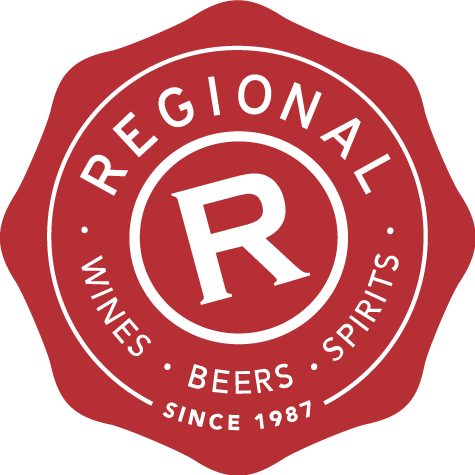What makes pink wine pink and how do you find a dry one?
By Joelle Thomson
Of all the frequently asked questions we get here at Regional, pink wine is one of the most common– “Can you suggest a pale pink rosé because I want to drink a dry pink wine rather than a sweet one?”
It’s an urban myth that colour equals dryness – or lack of.
It actually has nothing to do with it.
The colour in pink and red wines comes from grape skins – not from fermentation of natural grape sugar into alcohol.
Pale pink wines have spent a short time on their skins during fermentation while deeper coloured wines have spent a longer time fermenting on skins during fermentation. In fact, the deeper the colour, the more tannin the wine is likely to contain and this can give wine an added sense of dryness. So, ironically, a deeper coloured wine might taste drier than a pale one.
Dry wines have had all of their natural grape sugars fermented into alcohol and they may or may not be pale, medium or deep pink in colour.
Medium sweet and sweet wines contain residual sugar, which means they taste sweet because not all of the natural grape sugars have not been fermented into alcohol.
I’ve never been the world’s biggest fan of pink wine because it varies so much in style and it’s a minefield trying to explain that deeper coloured ‘pink’ wines often taste better and drier, to me, purely because they do contain more tannin, thanks to being made from deeper coloured grapes (Merlot, Malbec, Mourvedre (aka Mataro) or hot climate Garnacha or even from thin skinned grapes like Pinot Noir, which have been given longer maceration time on their skins. I’m a fan of flavour rather than colour, which can be incredibly misleading in pink and red wines, but that’s another story.
Our wine of the week is a head turner and a palate turner too; it’s the type of pale and dry rosé that can woo the staunchest tannin lover onto a drink pink campaign.
A note on colour…
Colour doesn’t equate to dryness or lack of dryness
Colour can suggest intensity of flavour – or lack of
Colour is all about how much time the grape juice spent on skins at the start of fermentation – grape skins provide colour to wine; not the pulp
Colour doesn’t equate to dryness or lack of dryness
(Yes, I did repeat that because I am asked all the time for a recommendation on a pale rosé “because I want a dry one”… It is not a linear relationship.)
